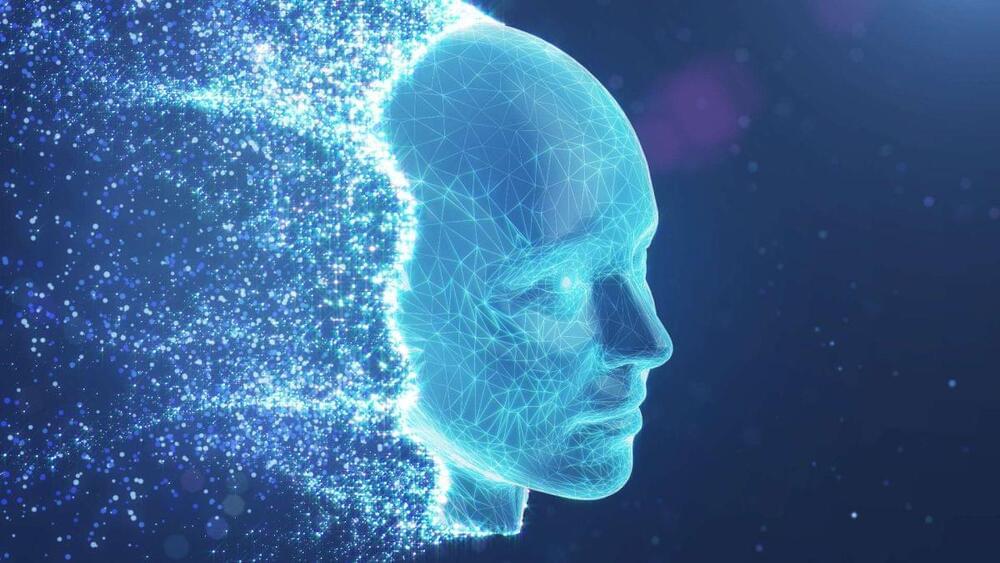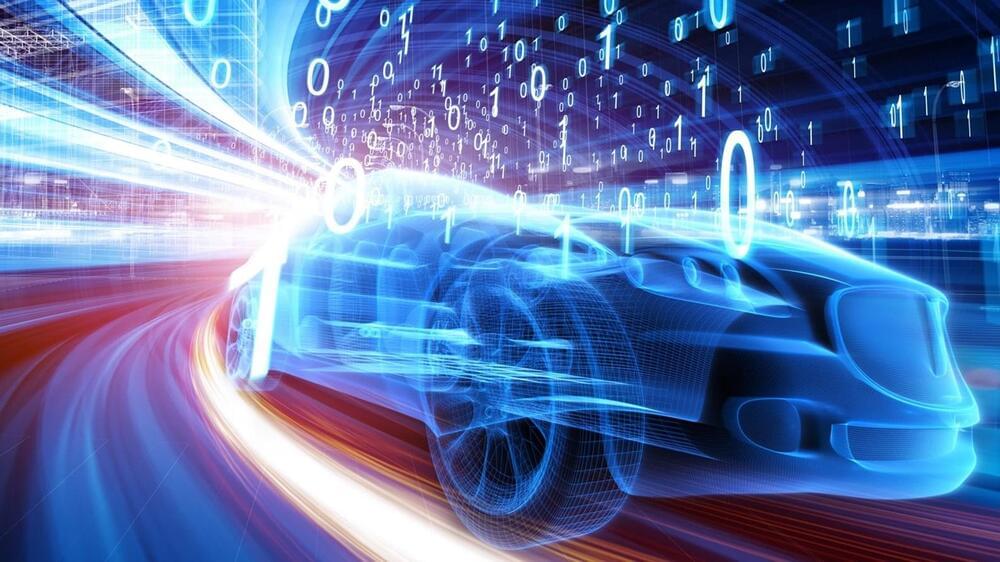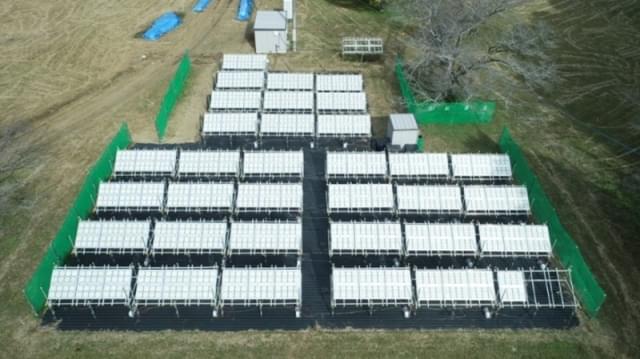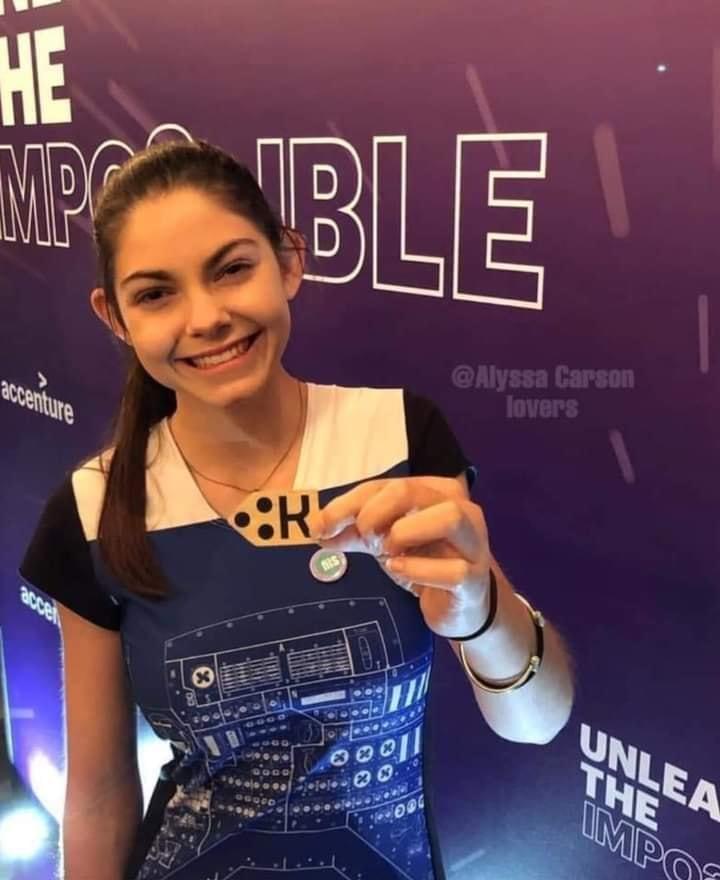That’s teleportation for Qubits, not for humans, sadly.
AMD has proposed a patent for ‘teleportation,’ meaning things could be about to get much more efficient around here. With the incredible technological feats humanity achieves on a daily basis, and Nvidia’s Jensen going off on one last year about GeForce holodecks and time machines, it’s easy for us to slip into a headspace that lets us believe genuine human teleportation is just around the corner.
“Finally,” you sigh, mouthing the headline to yourself. “Goodbye work commute, hello popping to Japan for an authentic Ramen on my lunch break.”







